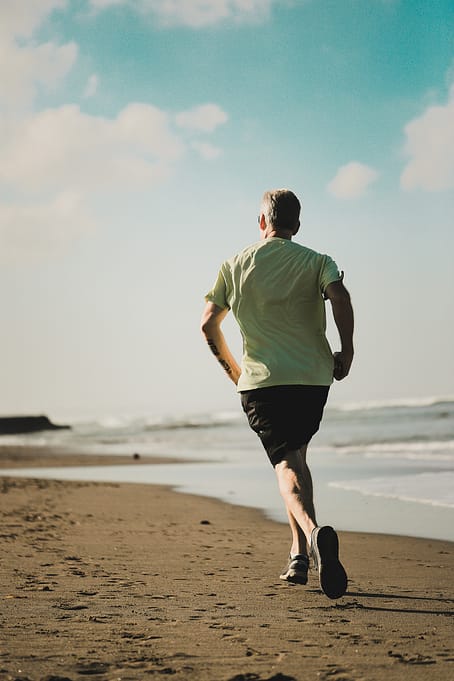
We’ve heard so often that we should exercise regularly, and exercising is very important for maintaining good health. (Check out my post Benefits and Risks of Exercise.) At the same time, it is vital that all of us are wise, especially those who are new to exercise about exercising safely.
Table of Contents
Basic Guidelines for Exercising Safely
Here are a few basic guidelines. This is by no means an exhaustive list, particularly not for certain health conditions you may have
Medical Clearance
Get clearance from your doctor before participating in exercise,especially if you plan to engage in vigorous exercise or have chronic health conditions. Ask him/her if there are any limitations you should consider.

Pre-participation screening
After receiving approval from the doctor, go through a pre-participation screening to see if you need any further evaluation.
For vigorous exercise participation…
In case you plan to engage in vigorous exercise especially if you have not been exercising regularly or have chronic health conditions, it is advised that you be monitored by a certified trainer who has completed Basic Life Support training.

Warm-up
Next, make sure to warm up for at least 5-10 minutes. Engage in light to moderate intensity aerobic and muscular endurance activity before getting into the real exercise program. Take more time if you are new to exercising.
Benefits of warming up:
- Increased heart and respiratory rate
- Increased body temperature
- Increased mental preparation for the exercise
Examples of warm-up activities:
- Stretching, especially of tight muscles.
- Slow speed or low intensity on treadmill, bicycle, rower, etc.
For instance, if I am exercising on the treadmill or walking outside, I start off with 5-10 minutes of walking at a slow pace. Once my body has warmed up, I pick up the pace.

Cool-down
Benefits of cooling down:
At the end of the main exercise component, make sure to cool down for at least 5-10 minutes, allowing your body to return to a more steady state of rest. A cool down is the opposite of a warm up in terms of when it happens.
- Reduced heart and respiratory rates
- Gradual cooling of body temperature
- Prevent low blood pressure as a result of exercise
- Can help prevent cramping
Examples of cool-down activities:
- Stretching
- Slow speed or intensity on the treadmill, bicycle, rower, etc.
Going back to our earlier example, if I am exercising on the treadmill or walking outside, I end my exercise with 5-10 minutes of walking at a slow pace. If your blood pressure tends to fall drastically after exercising, you may need to extend your cool down.
It cannot be stressed enough that we must exercise safely. If you are on any medications, you must be aware of how those affect your exercising. In case of exercising in the heat or cold (post in the works), different measures need to be taken into consideration. If you have chronic health conditions, please do seek the advice of your doctor.
If you need help getting started, CLICK HERE to book a free consultation.
If you have liked this post, do check out my post on the
Components of Aerobic Exercise
Sources:
ACSM’s Guidelines for Exercise Testing and Prescription 9th edn.
NASM Essentials of Personal Fitness Training
“Journey to Health with Priya” provides general educational information on various topics on this website as a public service, which should not be construed as professional medical advice.
